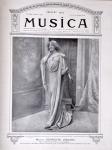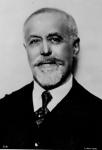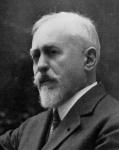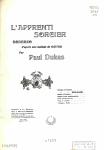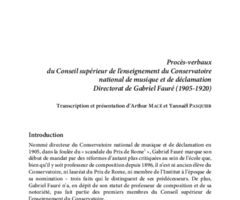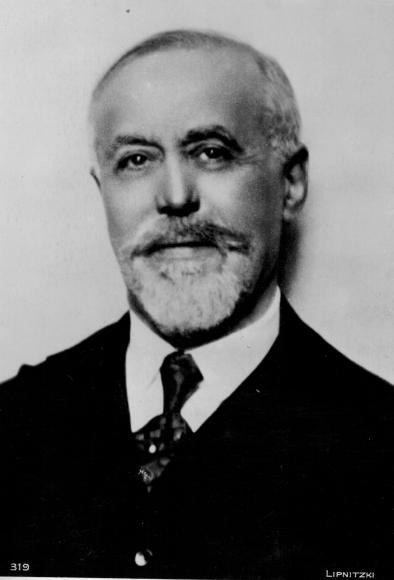
Paul DUKAS
1865 - 1935
Composer, Journalist
Having trained as a pianist, Paul Dukas became interested in composition from 1879 and, two years later, entered the harmony class taught by Dubois at the Paris Conservatoire, where he also studied under Mathias (piano) and Guiraud (counterpoint and fugue). Towards the end of his academic career, he failed to win the Prix de Rome competition twice: he was awarded second prize in 1888 for Velléda; and received nothing in 1889 for Sémélé, despite Saint-Saëns’ support. Nevertheless, the young man had already had the opportunity to hear one of his orchestral works played in Geneva around this time, and was preparing to lead the life of a freelance music critic and composer. After his military service (1891), his Polyeucte overture was performed at the Concerts Lamoureux (January 1892) and he published a review of a London performance of Wagner’s Ring. At the end of the 1890s, his Symphony in C Major (1896), and particularly L’Apprenti sorcier (Sorcerer’s Apprentice, 1897), earned him a truly international reputation. His style, clearly influenced by German Romanticism, also relied on a variation technique borrowed from French Baroque composers. In fact, Dukas worked with Saint-Saëns on an edition of Rameau’s complete works in the late 19th century. His last major pieces were written for the stage: the opera Ariane et Barbe-Bleue, begun in 1889, was staged at the Opéra-Comique in 1907 and the dance poem La Péri was given its first performance at the Théâtre du Châtelet in 1912. In his last years, Dukas became a professor at the Paris Conservatoire, initially teaching orchestration (1910), then composition (1928).

